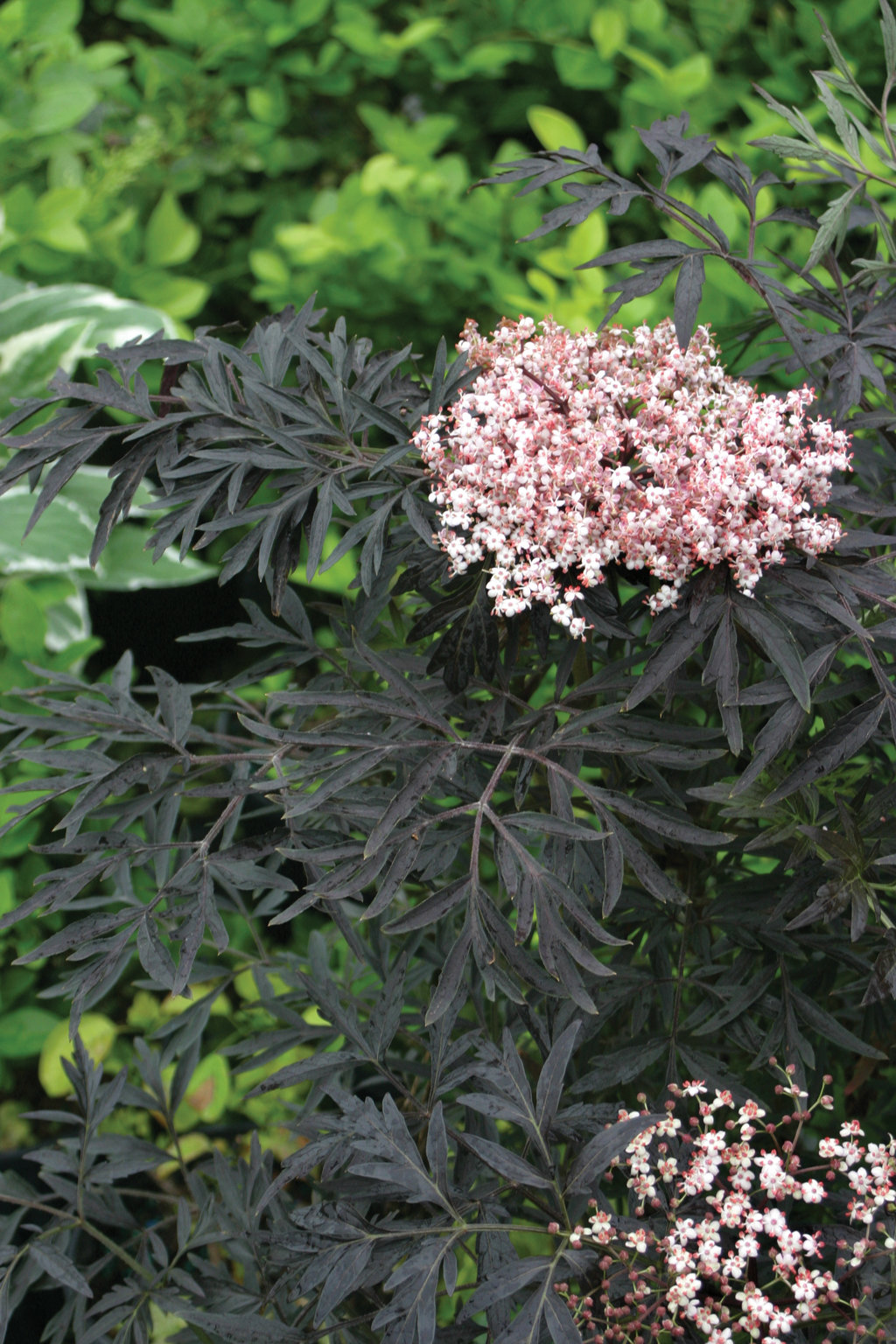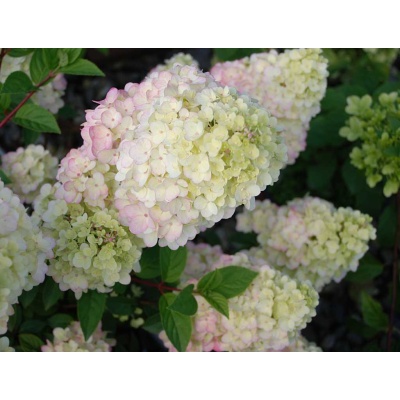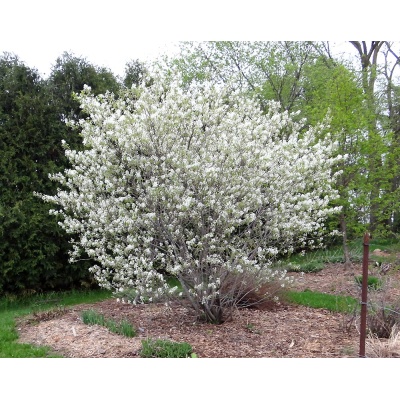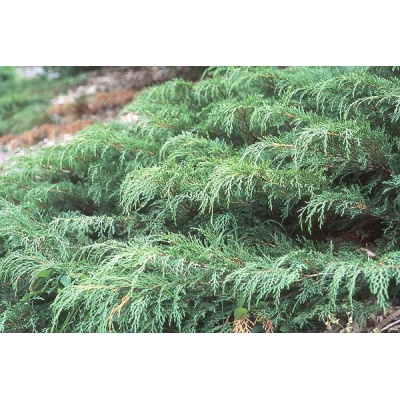Description
 Features
Features
Black Lace® elderberry is a perfectly stylish addition to your landscape.
Intense purple black foliage is finely cut like lace, giving it an effect similar to that of Japanese maple. Indeed, some designers are using it in place of more sensitive plants since Black Lace is extremely durable and adaptable. Pink flowers in early summer contrast with the dark leaves for a stunning effect and give way to black berries if a compatible pollinator is planted nearby. Awards: Silver Medal, Royal Boskoop Horticulture Society.
Top reasons to grow Black Lace® elderberry:
– unique lacy black foliage is unlike anything else in the landscape
– pink flowers in early summer look chic against the black foliage
– tough and adaptable plant grows in a range of challenging conditions
Characteristics
Plant Needs
PLEASE NOTE: To produce berries, you’ll need a Black Beauty®, Instant Karma®, or Laced Up® elderberry as a pollinator
Best in moist soil although will tolerate dry soils. Thrives under acid or alkaline soils. Best if pruned immediately after blooming. May be pruned to the ground each year and grown like a perennial. Fertilize in early spring by applying a granular fertilizer formulated for trees and shrubs. Follow the label for the recommended rate of application.
The color on Black Lace elderberry is best in cool climates; in hot areas, it may grow primarily green foliage.




Reviews
There are no reviews yet.